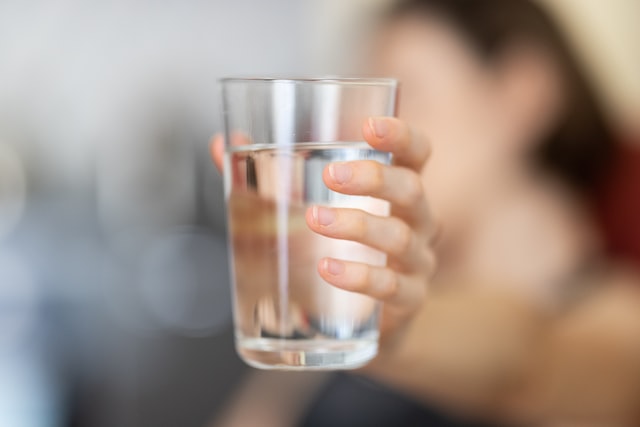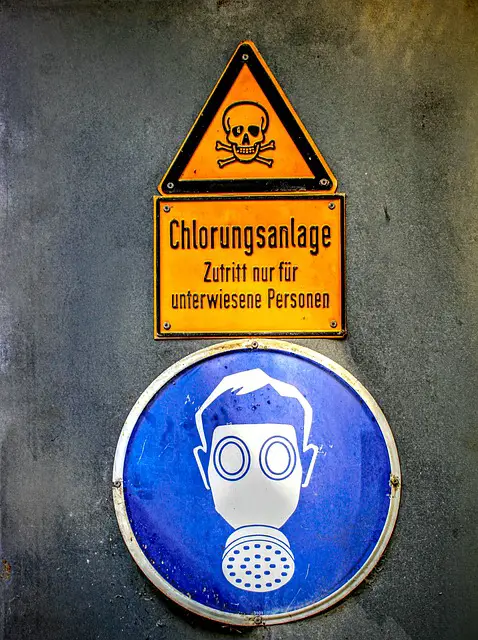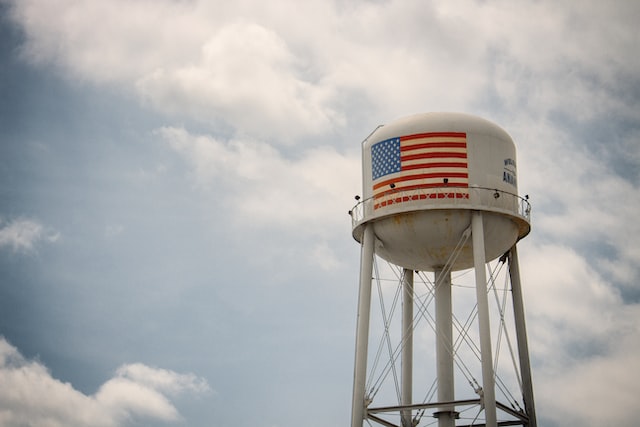
In terms of large-scale water treatment, chlorination is undoubtedly the best-known method worldwide. Most tap water across the developed world has a slight taste of chlorine present, to the point that it tastes normal for most of us, ozonation presents an alternative, however, is it a viable replacement? What does chlorination do that ozonation does not and vice versa? This thought process was the inspiration behind writing this article comparing the two techniques.
At face value, ozonation is better than chlorination. Although, in specific cases, chlorination is a better option, which explains its widespread use. Like any comparison, there are technicalities to consider including cost, post-treatment storage time, quality, environmental impact and of course taste!
Ozonation is generally cheaper than Chlorination
Ozonation systems are more expensive than chlorination systems, but the running costs are lower. When it comes to comparing the costs of ozonation v chlorination, the scale of the system needs to be considered, for household-level use it would likely be for a swimming pool or spa whereas both techniques are also used at the municipal level for the treatment of drinking water.
Swimming Pools & Spas
Chlorination is more common worldwide as a method to treat pool & spa water, however, this does not necessarily mean it is cheaper or better. An in-situ ozone reactor certainly costs more than a chlorine dispenser and the option of chlorine tablets removes the need for a dispenser at all! However, the ongoing costs for an ozone reactor are minimal whereas chlorine can add up.
A year’s supply of chlorine tablets (50lb/52 weeks) for an average swimming pool costs around $250 whereas a suitable ozone reactor costs upwards of $500, so on a simple comparison, an ozone solution will only take three years to pay back the investment. However, there are points to consider here including the time that you are using the pool each year and the cost of electricity:
- 3 months a year usage: This pushes the payback for an ozone system to 12 years +, which is passed its expected service life, in this case: Chlorination will be cheaper.
- High energy costs? This is difficult to provide a general rule of thumb here, however as energy costs increase, the cost-effectiveness of an ozone reactor decreases, so it comes down to personal preference and financial situation.
Everybody’s situation can vary, however as a general rule, if you are using your pool all year in somewhere like Australia or Southern California, then ozone will generally be the cheaper option. However, if you live somewhere much more seasonal like most of Northern America and Europe, chlorination is likely the more economic option.
Municipal Water Supply
Despite extensive ozonation at a municipal level, chlorination is much more common worldwide as a method of large-scale drinking water treatment, but that is not due to its cost. When it comes down to purely cost, ozonation is a cheaper method of disinfecting large quantities of water than chlorination. Ozonation requires zero consumables outside of electricity whereas chlorination requires a constant supply of chlorine. Applying the same logic as above with swimming pools, ozonation becomes cheaper at scale because the upfront costs are higher however ongoing are minimal. Municipal water supplies have no shortage of scale, so therefore on a cost-alone basis ozone wins hands down.
Ozonated water is better quality

Another advantage of ozonation over chlorination is the quality of water it produces. Ozone is an incredibly effective oxidant, and when used to treat water it can remove more contaminants than chlorine. It’s particularly good at removing organic compounds, metals and hydrocarbons, which are usually tasteless and odourless but can still be harmful to humans. Chlorination does not have the ability to effectively break down hydrocarbons and metals whilst being less effective at removing organic compounds than ozonation. When it comes to microorganisms, chlorination provides similar effectiveness to ozonation although it does leave behind traces of chlorine which can negatively affect the taste, smell and general quality of the water produced.
Ozonation is better for the environment
Ozone is simply better for the environment, it is a natural process that creates no byproducts or harmful effects. Chlorine requires large amounts of energy to create, has potentially harmful byproducts from its creation and has a prolonged residence time in the water after treatment which can have flow-on effects on things like soil health when applied to crops or gardens. Ozone has none of these side effects and converts back to oxygen within a day of existence, representing a much more eco-friendly option for water treatment.

Ozonated water tastes better
One of ozonation’s main selling points is that it generally leaves your drinking water with a better flavour than chlorine does, or to be put differently, it doesn’t affect the flavour whereas chlorine drastically changes the taste and smell of water. The main reason behind this stark difference in water taste between ozonated and chlorinated is that ozone does not remain in the water after treatment whereas chlorine lingers long term.
Chlorination provides longer-lasting disinfection

One definite selling point of chlorinated water over ozonated is the fact that chlorination provides long last protection to the water. This long-lasting protection refers to the fact that chlorine remains in the water after treatment, meaning during post-treatment storage and transport, any potential contamination will still be eliminated whereas ozonated water is susceptible to contamination post-treatment. Ranging from 24 hours to 10 days, the exact amount of time chlorine stays dissolved post-treatment depends on a plethora of factors including temperature, exposed surface area, starting concentration and other contaminants. Generally speaking, it is assumed chlorine will still be present at notable levels ~5 days after treatment.
This key difference between ozonation and chlorination partly explains chlorination’s widespread use, particularly in areas where a central water treatment plant will be piping water to satellite storage facilities in smaller towns or regions. The satellite locations themselves will generally not have treatment facilities and so therefore the continual presence of chlorine which is a disadvantage for taste, quality and the environment is an advantage in this particular aspect.

